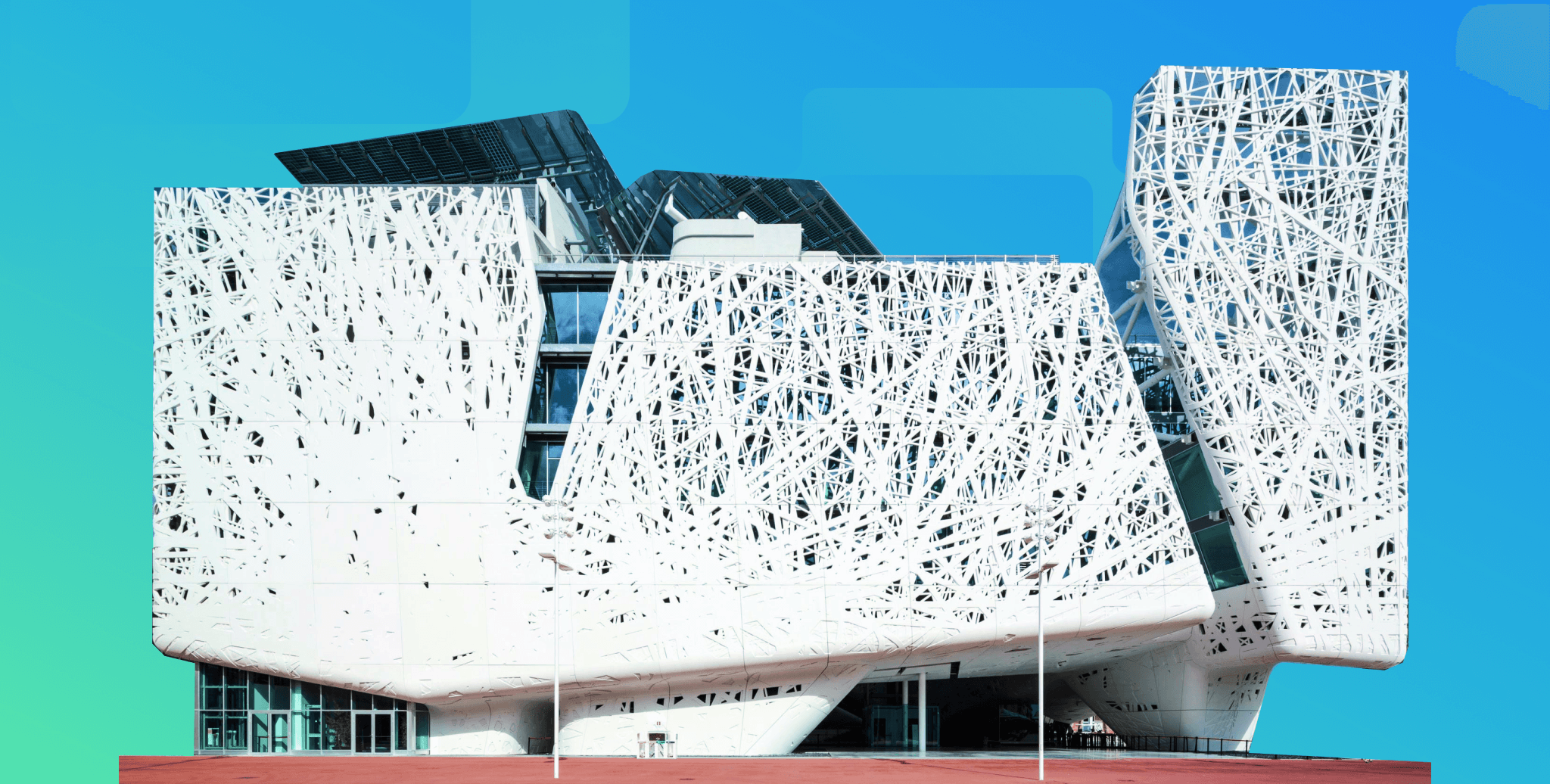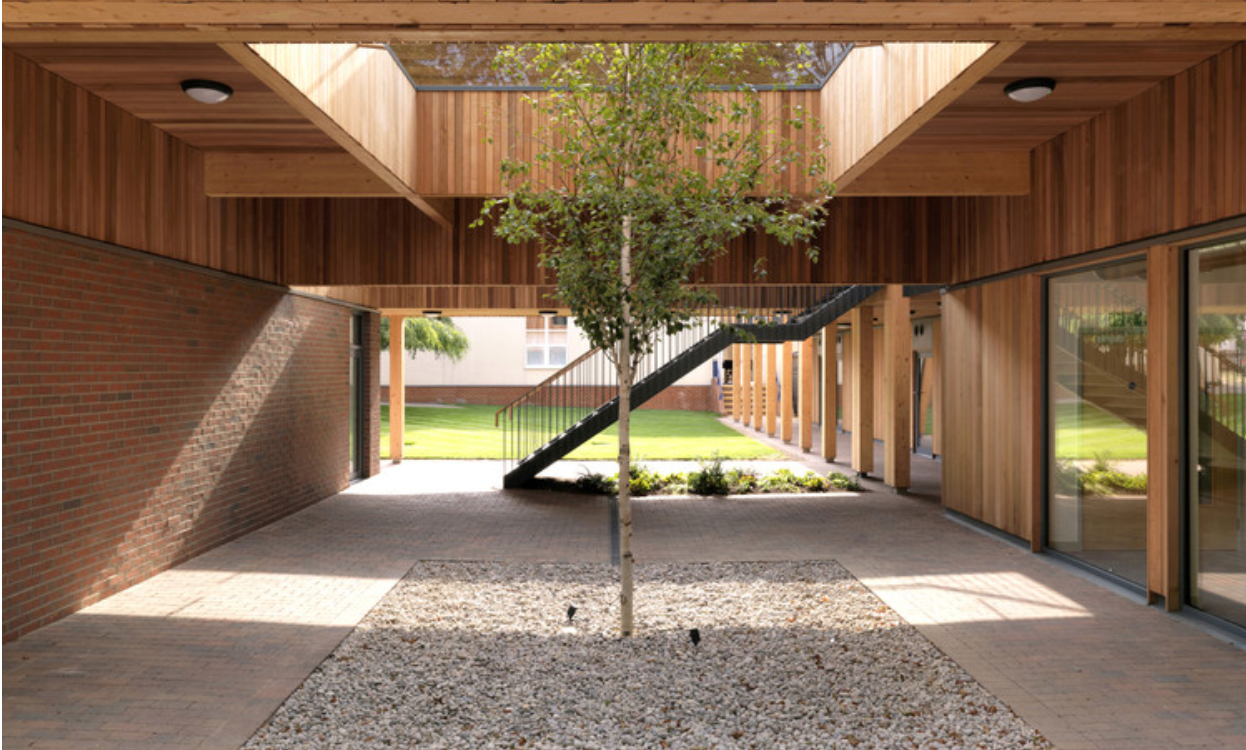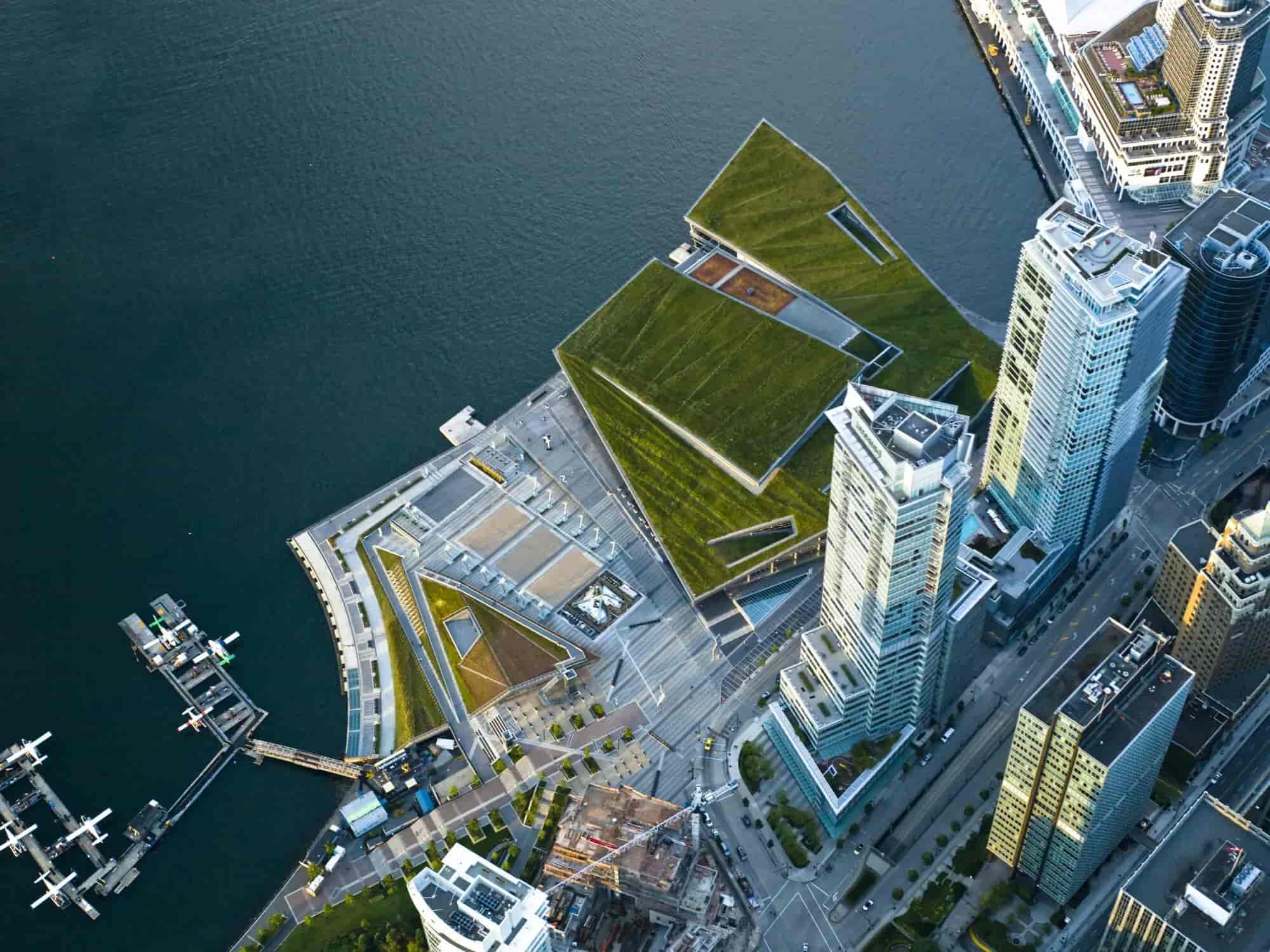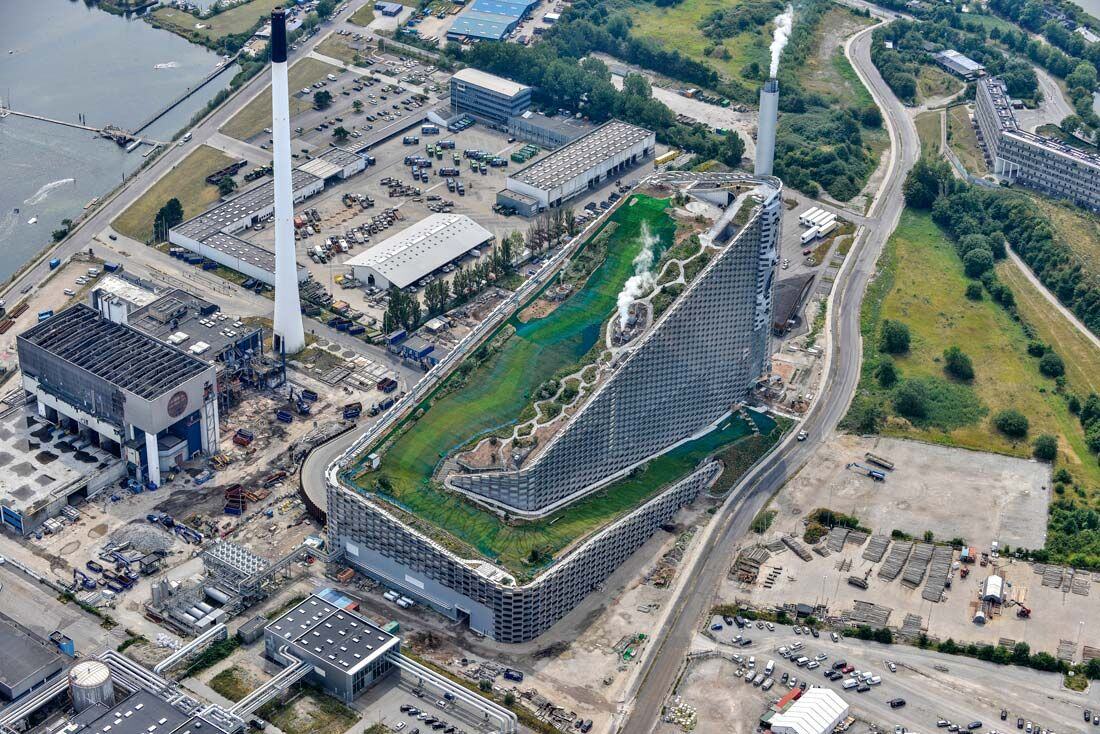How are Smog-Eating Buildings Leading the Way Forward for the AEC Industry?

Table of Contents
Pollution is a pressing global concern especially in urban areas. Rapid industrialization, growth in building construction and infrastructure activities, and excessive greenhouse gas emissions have resulted in an increased carbon footprint and environmental deterioration. The rise in pollution is aggravating climate change and global warming, both of which pose a severe threat to the existence of mankind. It is also a cause for the loss of biodiversity and anthe extinction of species.
Additionally, pollution is impacting human health and well-being leading to various respiratory, neurological, and cardiovascular diseases. It is affecting the cognitive and behavioural patterns of people. According to the World Health Organization (WHO), air pollution is responsible for an estimated 7 million premature deaths worldwide each year. Such an alarming statistic suggests that abating pollution is the need of the hour.
What is Smog?

Smog is a type of air pollution that occurs when a mixture of pollutants, including nitrogen oxides, volatile organic compounds, and particulate matter, combine with sunlight and form a haze in the atmosphere. The word "smog" is a combination of the words "smoke" and "fog," reflecting the fact that it often appears as a thick, grayish haze in the air.
Smog can have a range of negative impacts on human health and contribute to environmental problems such as acid rain and climate change. Smog is most commonly associated with urban areas where high levels of vehicle and industrial emissions can contribute to its formation, but it can also occur in rural areas where agricultural practices and naturally occurring pollution can cause its development.
What are Smog-Eating Buildings?
In recent times, architects, engineers, and construction professionals around the world have innovated a concept of ‘smog-eating’ buildings to combat the issue at hand through environmentally conscious designs.
Smog-eating buildings are structures that are designed to help reduce air pollution in urban areas by removing pollutants from the air. These buildings are constructed using materials that have been treated with a photocatalytic coating. The building surface then reacts with sunlight to break down pollutants into less harmless substances such as carbon dioxide and water. The most common coating material used in these buildings is titanium dioxide. It is a white, powdery substance that is applied to the surface of materials such as concrete, glass, and ceramic tiles.
How are Smog-Eating Buildings Beneficial?

Smog-eating buildings are a valuable tool for architects, developers, and urban planners to create healthier, cleaner and more sustainable cities. Mentioned below are the fundamental advantages provided by smog-eating buildings.
Improved Air Quality
Smog-eating buildings can help to improve air quality in urban areas by annihilating pollutants. This is particularly important in cities, where high levels of traffic and industrial activities can contribute to poor air quality. By reducing the concentration of pollutants in the air, smog-eating buildings can help create a healthier environment for a city and its people.
Reduced Health Risks
Poor air quality is a significant risk factor for a range of health problems, including respiratory diseases, cardiovascular diseases, and cancer. By reducing the levels of pollutants in the air, smog-eating buildings can help to lower these health risks and improve overall public health. This is particularly important in densely populated urban areas, where large numbers of people are exposed to high levels of pollution on a daily basis.
Lower Energy Costs
Some smog-eating building materials, such as coated glass, can help to reduce energy costs by reflecting sunlight and reducing the amount of heat that is absorbed into a building, helping in lowering the air conditioning costs and reducing a building's carbon footprint. By using these materials, building owners can save money on energy bills while also reducing their impact on the environment. This can improve a building’s functional performance and make it more efficient in the long run.
Read: Energy-Efficient Buildings: The First Step in Design for a Better Future
Reduced Maintenance Costs
Smog-eating materials can help to reduce maintenance costs for buildings by preventing the buildup of dirt and grime on surfaces. This is because the photocatalytic coating on these materials breaks down organic compounds, making it more difficult for dirt to stick to building surfaces. This can help to keep buildings looking clean and reduce the need for frequent cleaning and maintenance, which can be expensive and time-consuming.
Promoting Sustainability
Smog-eating buildings promote sustainability by using innovative building materials and technologies. By reducing air pollution and energy consumption, these buildings can help to create more sustainable and resilient cities. Additionally, the use of smog-eating materials can help to raise awareness about the importance of sustainable development and encourage other architecture, engineering, and construction (AEC) professionals to adopt similar practices.
Case in Point
Although a relatively new concept, smog-eating buildings have been effective at reducing air pollution levels in their immediate surroundings. Here are some shining examples of smog-eating buildings that are paving the way forward for a sustainable future.
The Torre de Especialidades

The Torre de Especialidades in Mexico City, Mexico, is an example of a smog-eating building that is covered in a unique tile made of titanium dioxide. This hospital is located in one of the most polluted cities in the world, and the tile is designed to break down pollutants in the air when exposed to sunlight. The building has been estimated to reduce the equivalent of 1,000 cars' worth of pollution each day, making it a significant contributor to improving air quality in the area.
The Biblioteca Espana

The Biblioteca Espana in Medellín, Colombia, is a library that is covered in a coating containing titanium dioxide. The coating helps to break down pollutants in the air. The coating was developed by a German company and can reduce the amount of pollutants in the air by up to 30%. The Biblioteca España is an example of how innovative technology can be used to combat the negative effects of air pollution.
The Palazzo Italia

The Palazzo Italia in Milan, Italy, was constructed for the 2015 World Expo and is covered in a custom-made cement that contains titanium dioxide. The cement can break down pollutants in the air, helping to improve air quality in the area. The Palazzo Italia has been estimated to reduce pollution levels by up to 60%, making it a significant contributor to improving the environmental impact of the expo. This building demonstrates how sustainable and innovative design can be used to mitigate the effects of air pollution.
In Conclusion
An integration of smog-eating buildings into urban planning can have far-reaching implications for the future of urban development and environmental sustainability. As cities become more crowded and air pollution becomes a growing concern, incorporating smog-eating buildings could become a standard practice.
Equip yourself with relevant skills to design sustainable, energy-efficient, and smog-eating buildings. Learn computational design through Master Computational Design Course: a cohort-based course offered by Novatr where you can learn industry workflows and softwares.
Explore the course today!

 Thanks for connecting!
Thanks for connecting!

-1.png)
-2.png?width=767&height=168&name=MCD%20B%20(Course%20Banner)-2.png)



.png)







